The Impact of Mixed Ownership Reform on the Innovation of State-Owned Enterprises
DOI: 10.23977/acccm.2025.070501 | Downloads: 7 | Views: 152
Author(s)
Liangyu Luo 1
Affiliation(s)
1 Lanzhou University of Technology, Lanzhou, Gansu, China
Corresponding Author
Liangyu LuoABSTRACT
The 20th CPC National Congress emphasized that China's economy and society can only achieve high-quality development by making innovation the primary driving force and fully implementing the new development philosophy. As the stable cornerstone of the national economy, state-owned enterprises (SOEs) must strategically position innovation to drive high-quality development, achieve the goals of expanding scale, enhancing strength, and improving quality, and effectively promote the preservation and appreciation of state assets. Some SOEs currently face shortcomings in governance structures, property rights definition, and innovation efficiency, which constrain their capacity to support the demands of high-quality economic and social development. To fully unleash the vitality of state-owned enterprises, enhance their innovation capabilities, and propel them toward high-quality development, mixed-ownership reform has become particularly urgent. Against this backdrop, this paper focuses on exploring the mechanism through which mixed-ownership reform influences innovation in state-owned enterprises. Drawing on relevant theories, it systematically elucidates the underlying pathways of this impact and proposes countermeasures such as further deepening mixed-ownership reform, optimizing equity structure design, and promoting the introduction and integration of high-quality capital. These recommendations aim to provide reference for the innovation-driven transformation of state-owned enterprises.
KEYWORDS
Innovation, State-Owned Enterprises, Mixed Ownership ReformCITE THIS PAPER
Liangyu Luo, The Impact of Mixed Ownership Reform on the Innovation of State-Owned Enterprises. Accounting and Corporate Management (2025) Vol. 7: 1-7. DOI: http://dx.doi.org/10.23977/acccm.2025.070501.
REFERENCES
[1] Li, Y. X., Zeng, W. Q., Ma, Z., et al. External Governance Environment, Property Rights Nature, and Investment Efficiency of Listed Companies [J]. Nankai Management Review, 2015, 18(01): 25-36.
[2] Xu Wei, Wu Yue, Feng Wenfang. Does Mixed-Ownership Reform Promote Innovation in State-Owned Enterprises? — A Classification Governance Perspective [J]. Journal of Jinan University (Social Sciences Edition), 2020, 30(03): 100-113+159.
[3] Xiao Hongjun, Li Ye. Research on the Operational Mechanism of State-Owned Enterprises Based on Multiple Missions and Diverse Logics [J]. Research on Financial and Economic Issues, 2025, (06): 23-43.
[4] Cai Guilong, He Jiaqiong, Zheng Guojian. Industrial Strategic Shareholders and Compliance Risk Governance in State-Owned Enterprises: A Perspective Based on Shareholder-Company Business Scope Similarity [J]. Accounting Research, 2025, (05): 62-77.
[5] Li Chaofang. Equity Incentives in State-Owned Enterprises Under Mixed Ownership Reform: Theory and Practice [J]. Accounting Monthly, 2018, (15): 65-71.
| Downloads: | 39719 |
|---|---|
| Visits: | 690071 |
Sponsors, Associates, and Links
-
Information Systems and Economics

-
Accounting, Auditing and Finance
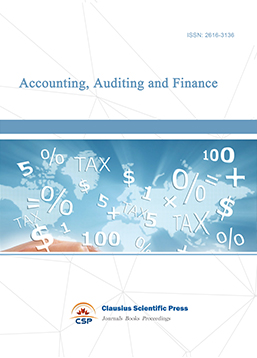
-
Industrial Engineering and Innovation Management
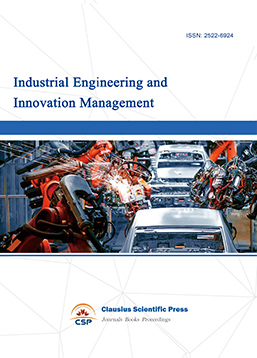
-
Tourism Management and Technology Economy
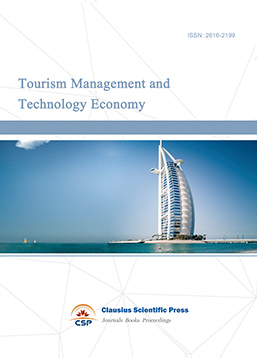
-
Journal of Computational and Financial Econometrics

-
Financial Engineering and Risk Management

-
Social Security and Administration Management

-
Population, Resources & Environmental Economics

-
Statistics & Quantitative Economics

-
Agricultural & Forestry Economics and Management

-
Social Medicine and Health Management

-
Land Resource Management

-
Information, Library and Archival Science
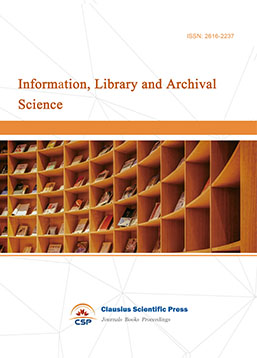
-
Journal of Human Resource Development

-
Manufacturing and Service Operations Management

-
Operational Research and Cybernetics
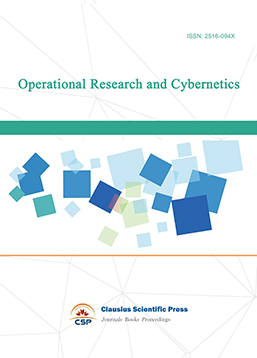

 Download as PDF
Download as PDF